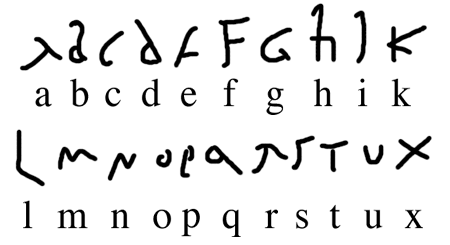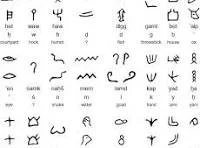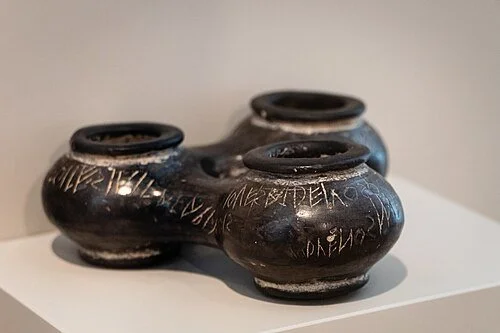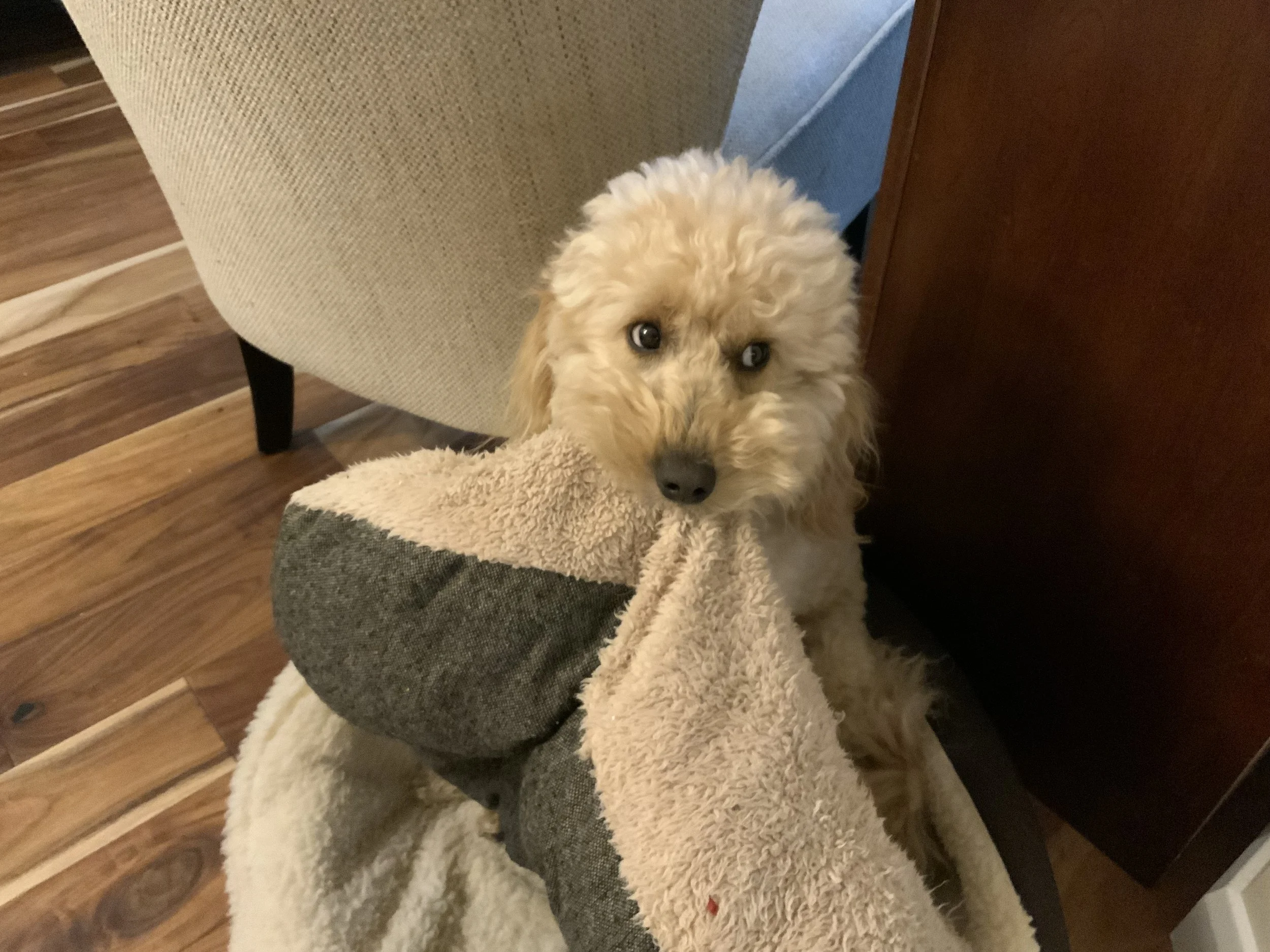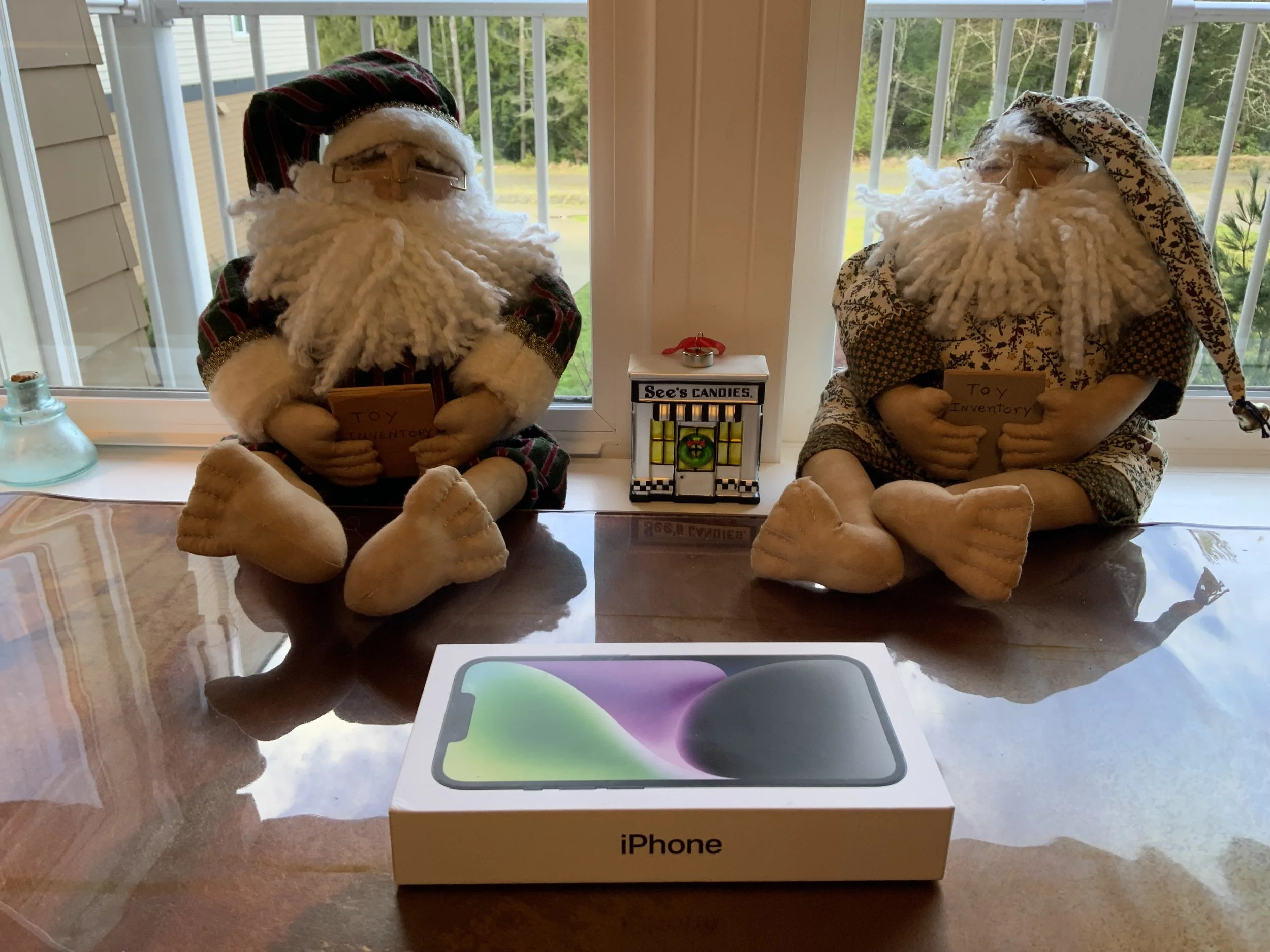#79 A WOMAN'S BRIEFS -- ALPHABETS
Here’s what happened last Tuesday. I was working with a pen when I wrote the word “took,” but failed to cross the T. “look,” was the word standing out of place on the page until I drew across the lower case ‘L’ and with that small stroke, settled the word’s sound and meaning.
Who did this to us? I wondered. Who first made a mark in the sand, or on soft clay, and said to his companions, Let’s draw symbols to represent the sounds we have come to use in communicating to each other.
Apparently, some Canaanite workers in an Egyptian turquoise mine did that (c.1850BCE). They created what we know as the first true alphabet, not the one we depend upon today, but one complete with vowels.
It was a busy world at the time Canaanite laborers dug turquoise from Sinai sandstone. Egypt controlled and irrigated 1000 miles along the Nile. In England, Druids not only celebrated worship of Nature at Stonehenge, but before Rome nearly eradicated them all, they served as teachers, judges, and political advisors. Around that same time, someone in Denmark invented the trumpet (which may or may not have pleased their neighbors). In what we call South America, sedentary Mayan communities began to form Mesoamerica, settling in villages and becoming farmers. Across the world, in the Fertile Crescent, Babylonians had mastered highly developed geometry as a basis for astronomic measurement.
Oh! Look at what the Egyptians could do back then! They lay out knotted rope triangles with ‘Pythagorean’ numbers to construct right angles. I read this: This practical method involved forming a 3-4-5 right triangle with a 12-knot rope to ensure perpendicular lines . . .” Apparently, this made building pyramids possible.
India, meanwhile, declared that four basic elements existed: earth, air, fire, and water, and it wouldn’t be long before the last surviving population of woolly mammoths go extinct (c1700BCE). It was a busy, creative, world when those Canaanites laborers observed Egyptian hieroglyphic and formed themselves an alphabet. Imagine! All this before plastic, Maybellene, McDonalds, and a massive wave of human hubris.
Sample of Proto-Canaanite Alphabet:
If you know me at all, you know that I lifted information about geometry and Pythagorean numbers from a book. I’m an alphabet person. Our Roman alphabet, the one where a lowercase ‘l’ becomes ‘t’ by a small stroke, is borrowed from what we call the Old Latin alphabet. This one was worked up around the 7th century CE from the Etruscan product, which drew from one created by a Greek colony in Italy, and that, borrowed from the Phoenician alphabet, itself a product pulled from Egyptians hieroglyphs. Whew! At least this is the progression “generally held” by scholars.
Here, a sample of Old Latin (21 Letters). This is the alphabet where someone might have said, “Oh, ha ha ha. Look! If I draw this line for an ‘L’ sound, then drag my stick across the top of it, let’s say that changes the sound to ‘T.’ How funny is that!”
OLD LATIN ALPHABET
Here, a beautiful sample of Old Latin inscribed in clay, c.550CE, The “Duenos” vase:
DUENOS VASE INSCRIPTION
The writing, reading right to left, is of Old Latin. No one is sure of the translation, more than fifty possibilities have been put forth, but the three lines do appeal to the gods about a girl that may not smile at you or isn’t strongly attracted to you. The word “Duenos” seems to refer to a good man, and the third line suggests being good and well-mannered, and not stolen by an evil man. It reminds me of those who wish the Bible to be simply, rightly, singularly understood when for centuries, using Hebrew, Greek, Latin, and English alphabets, scholars, country preachers, and now economists have argued the possibilities. Language isn’t easy on us.
That old Latin alphabet isn’t easy on us either, but our current Roman alphabet, the one English speaking children start recognizing around ages three or four, comes from it. However, should you wish to convey a secret, try using this, the Celtic Tree Alphabet. Each of the twenty characters (tree names) is made with a vertical line (stem), and the slashes (twigs) make up the sound. This alphabet gets read vertically, “up the tree,” Is that fun or what! Some say we can thank the Celtic god of eloquence, Ogma, for this language meant to baffle the British.
See what can happen when you don’t mind your P’s and Q’s or L’s and T’s?
Scroll down to leave comments
